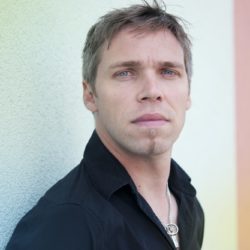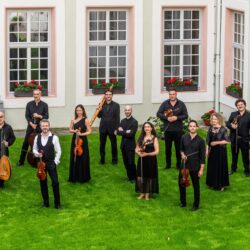
It is in 1923 that the “Choeur d’Hommes de Lens” was founded, at the initiative of Reverend Canon Aristide Müller, who assumed the role of director for nearly twenty years. Upon his death in 1940, Mr. Arthur Mudry succeeded him for almost a quarter of a century, followed by Mr. Claude Lamon, Pascal Lamon, Jean-David Waeber, and Alain Carron, the current director.
In 1926, the society decided to acquire a flag and join the Canton Federation of Singing Societies of Valais. This led to its participation in its first cantonal celebration in Sion.
The organization of the singing festival fell to the “Choeur d’Hommes de Lens” for the first time in 1949. The organizing committee, led by Emile Besse, successfully managed this significant event. The choir would have the honor of organizing this grand choral celebration twice more: in 1979, under the presidency of Mr. Bernard Emery, and in 2008, with Mr. Charles-André Nanzer leading the organizing committee.
One of the society’s main objectives has always been to provide the local population with a moment of relaxation and cultural discovery. Among the most notable projects are the concert-show “From Opera to Musicals” (2003), Haydn’s Missa Brevis and Handel’s Messiah Alleluia (2004), the trip and concert in Russia in exchange with the “Credo” choir from Dubna (2005), Jean-Claude Broccard’s composition based on Ramuz’s work “La Grande Peur dans la montagne” (2007), the concert “From the Sorb Tree to the Maple” with the Baïkal quartet and the Estavayer-le-Lac choir (2009), the trip to Paris with a concert at the foot of the Montparnasse Tower (2010), the trip to Rome and animation of the Sunday Mass at St. Peter’s Basilica (2017), and the participation in the recording of the album “Ô bel été!” by Marc Aymon (2018).
In the year 2024, the men’s choir celebrates the centennial anniversary of its choral existence and, on this occasion, will give two performances of Sergei Rachmaninov’s Vespers, on Saturday, April 13, at the Lens church, and on Sunday, April 21, at the Plan-Conthey church, with the participation of the Coboli Cantores and the Schola de Sion choirs.















